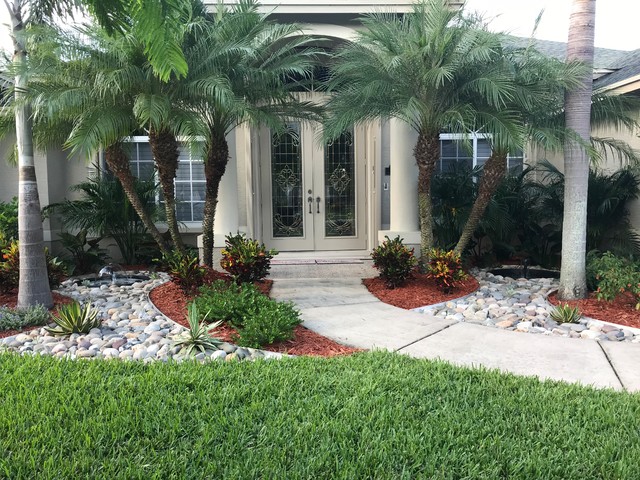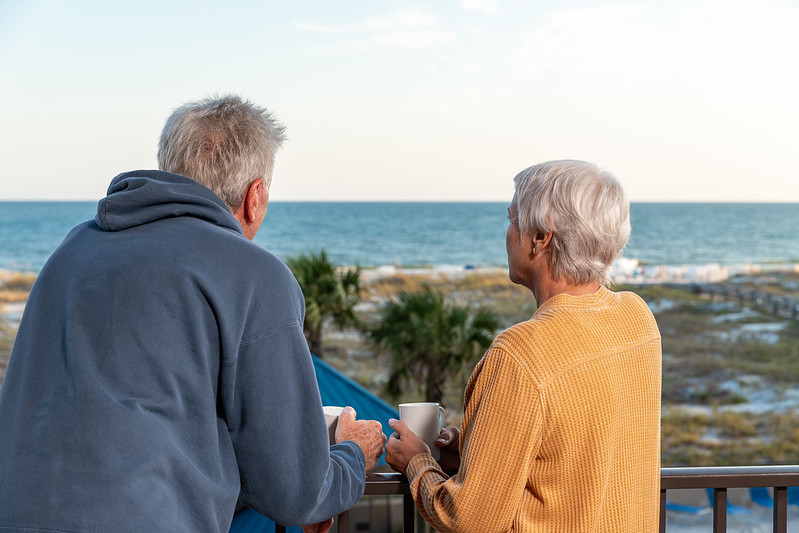First impressions matter. In real estate, curb appeal is more than just a buzzword. It is the initial impression buyers get when they approach your home. Whether it is the landscaping, the exterior paint, or small finishing touches, curb appeal has a direct impact on a buyer’s perception of value and can influence how quickly a property sells. Homes that look well-maintained and inviting from the outside often attract more interest and can command a higher price.
The Power of Landscaping
Landscaping is often the first thing buyers notice. A well-manicured lawn, vibrant flower beds, and neatly trimmed shrubs convey pride of ownership. Overgrown grass, dead plants, or messy garden beds can immediately signal neglect. Even simple improvements such as adding seasonal flowers, edging the lawn, and keeping walkways clean can create a welcoming environment. Trees and greenery not only add visual appeal but can also provide shade and privacy, making a property more attractive to potential buyers.
Adding mulch to flower beds and around trees can instantly refresh the look of a yard. Consider incorporating elements like decorative planters, stone borders, or a small garden path. These subtle touches create a sense of care and attention to detail that resonates with buyers. A well-thought-out landscape shows that the home has been maintained, which reassures buyers and can translate into a higher perceived value.
The Impact of Exterior Paint
The exterior color and condition of a home’s paint play a significant role in curb appeal. Faded, peeling, or outdated paint can make a home feel neglected, even if the interior is immaculate. Fresh paint in a contemporary and neutral color palette instantly improves the home’s appearance. White, beige, gray, and other neutral tones appeal to a broad audience and create a sense of cleanliness and modernity.
Pay attention not only to the walls but also to trim, doors, and shutters. A contrasting front door color can provide a welcoming focal point. Touching up worn spots and ensuring consistency across the exterior surfaces gives the impression of a well-cared-for property. A freshly painted home communicates value and can increase buyer confidence, sometimes resulting in faster offers and higher bids.
Upgrading Key Exterior Features
Beyond landscaping and paint, certain exterior features have an outsized impact on curb appeal. The front door, driveway, walkways, porch, and garage doors are all elements that draw attention. A new front door, well-maintained steps, and a clean driveway can make a substantial difference. Even smaller details such as updated house numbers, modern light fixtures, or a polished mailbox add to the overall impression.
Porches and patios also contribute to first impressions. A tidy, inviting porch with seating or decorative elements signals an outdoor space where buyers can imagine themselves relaxing. Clean, well-placed outdoor furniture and seasonal decorations can make the exterior feel welcoming without being cluttered.
The Psychological Effect on Buyers
Curb appeal affects buyers on both a conscious and subconscious level. A home that looks attractive from the street can create excitement, making buyers eager to explore the interior. Conversely, a poorly maintained exterior may lead buyers to assume the interior has been neglected, even if that is not the case. First impressions set the tone for the entire showing. Homes that inspire a positive emotional response from the moment a buyer steps onto the property often receive stronger offers.
Investing in curb appeal can also shorten the time a property spends on the market. Properties that look move-in ready tend to attract more interest, reducing the likelihood of price reductions or extended listing periods. In a competitive market, the exterior of a home can be a decisive factor for buyers who are comparing multiple properties.
Cost Versus Value
Many exterior improvements offer a strong return on investment. Simple landscaping updates, fresh paint, and minor repairs often provide more value than large-scale renovations. According to industry studies, homeowners can recoup a substantial portion of their investment when selling. Even small upgrades can make a home stand out in online listings, where the first impression is visual.
Prioritize improvements that have the greatest visual impact. Clean the gutters, power wash siding, and remove clutter from the yard. Repaint trim, replace worn fixtures, and repair any visible damage. Buyers notice these details, and taking care of them demonstrates that the property has been maintained, reducing perceived risk and increasing perceived value.
Seasonal Considerations
Timing can also affect curb appeal. Seasonal changes can transform the exterior of a home. Spring and summer offer the opportunity to showcase vibrant landscaping and outdoor living spaces. Fall brings colorful foliage, while winter may require attention to snow removal and lighting. Adjusting the exterior presentation to the season ensures that buyers see the property at its best, no matter when it is listed.
Conclusion
Curb appeal is a powerful tool in real estate. It influences buyer perception, enhances property value, and can lead to quicker and higher offers. By investing in landscaping, exterior paint, key features, and small details, homeowners can create a lasting first impression that resonates with buyers. The right combination of maintenance, upgrades, and thoughtful presentation transforms a property from ordinary to irresistible.
Every effort to improve the exterior is an investment in the home’s marketability. A home that looks cared for and inviting from the street tells buyers that it is a place worth considering. Whether it is a fresh coat of paint, vibrant flower beds, or simple decorative touches, enhancing curb appeal is one of the most effective ways to increase a property’s sale price and ensure a successful transaction.





